Recently I migrated from Google Analytics / Crashlytics / Fabric to Firebase. I notice on Firebase there is a metric called Daily User Engagement:
While on Fabric there is "Time in App Per User":
I was just wondering, what is the difference between these two? I also did a major update of my app when started using Firebase, so wanted to compare how the user engagement changed or stayed the same. Thanks.

